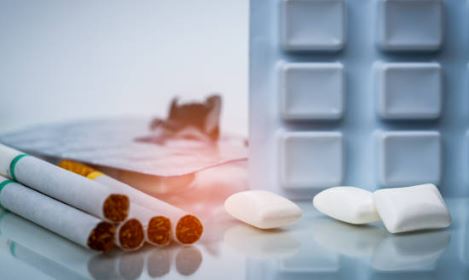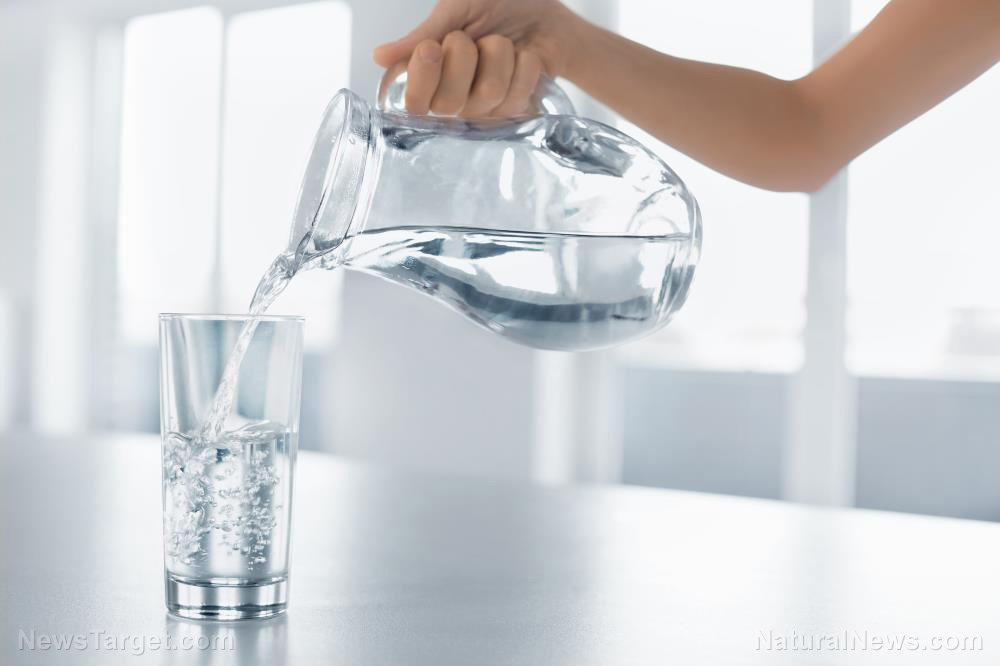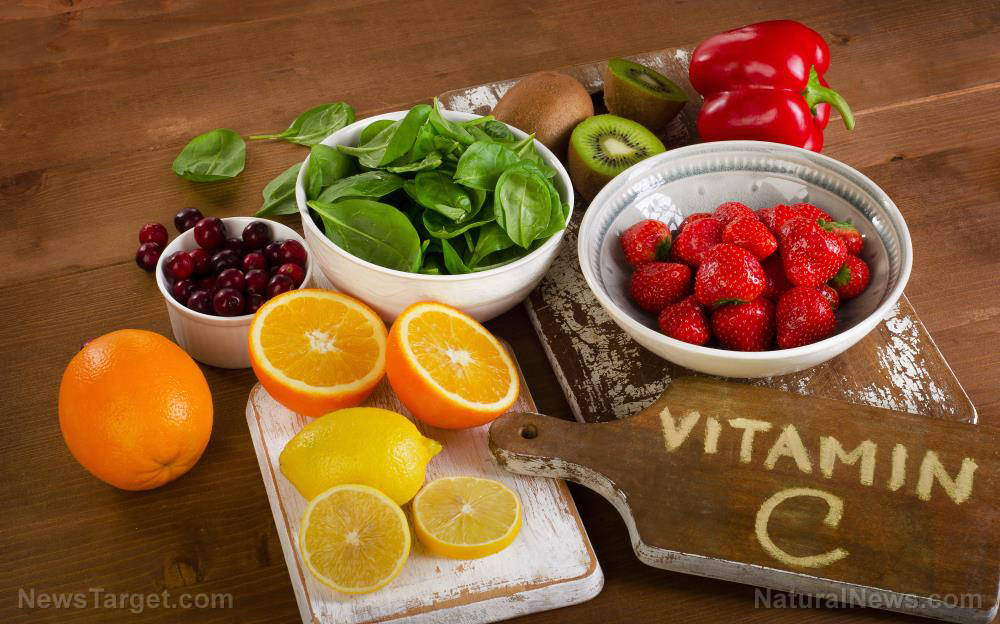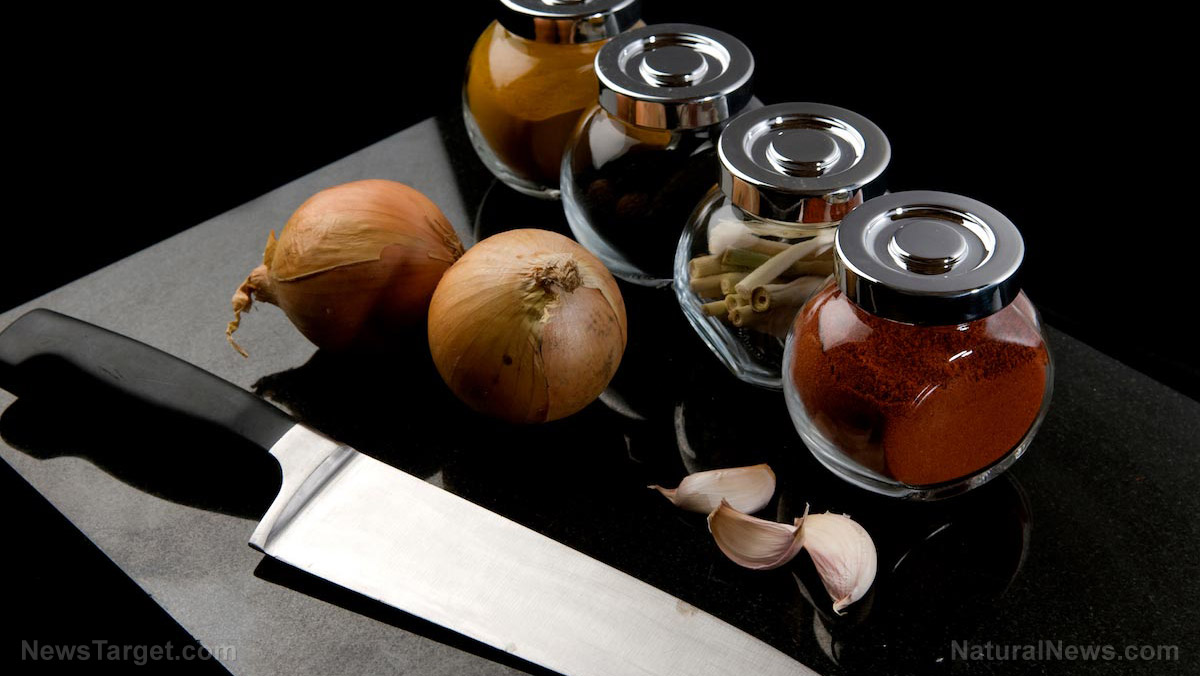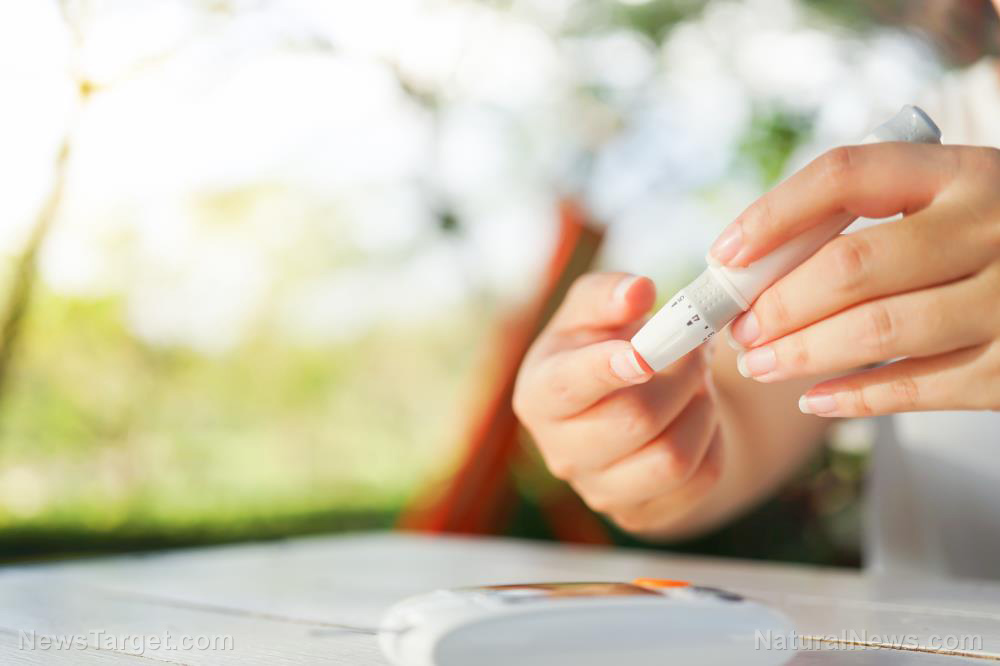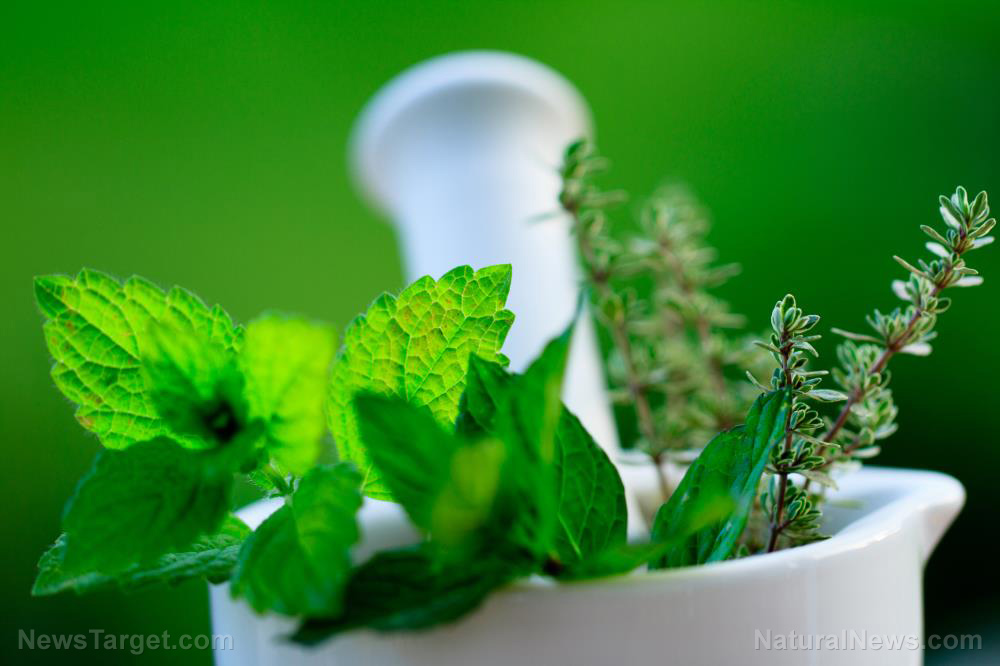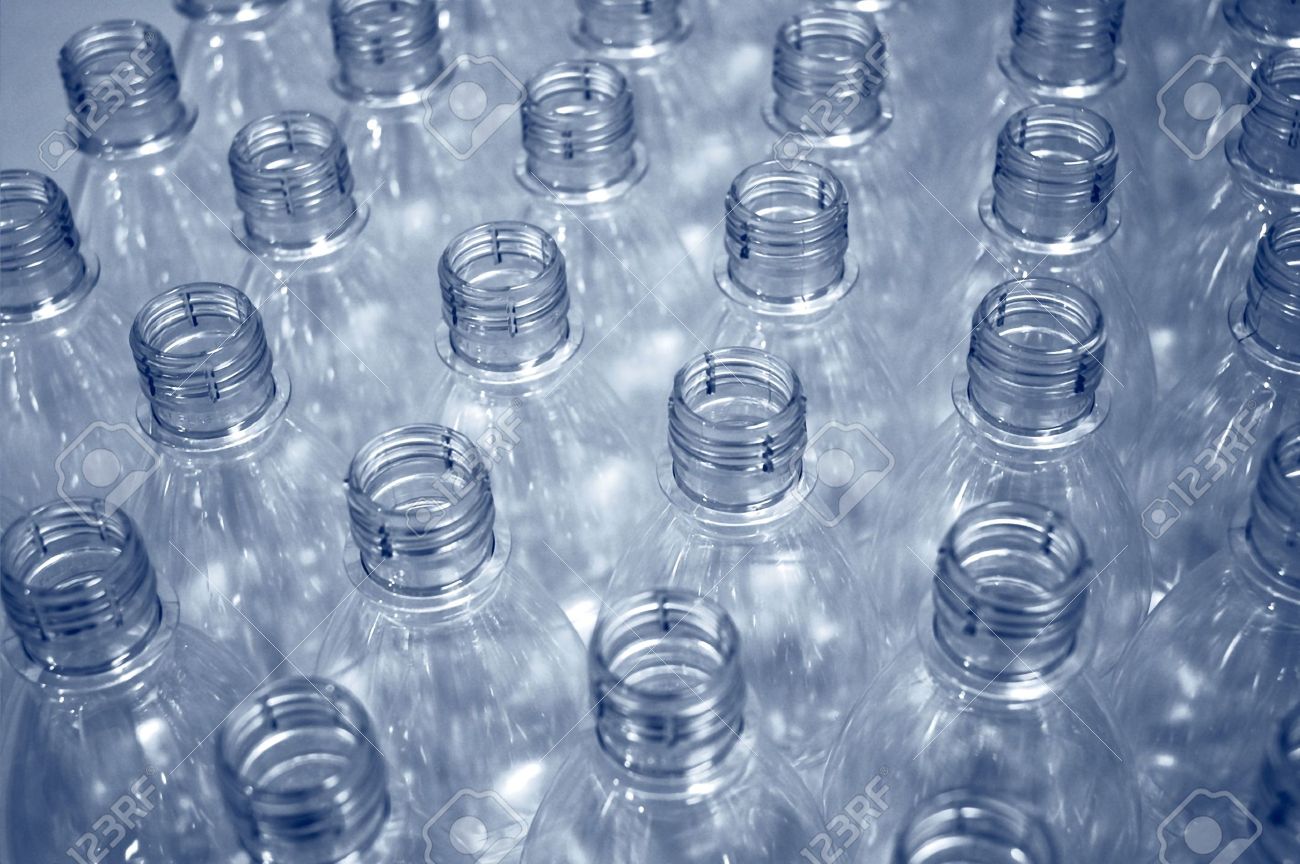Stem juice from bananas a potential natural cure for diabetes
10/18/2018 / By Ellaine Castillo
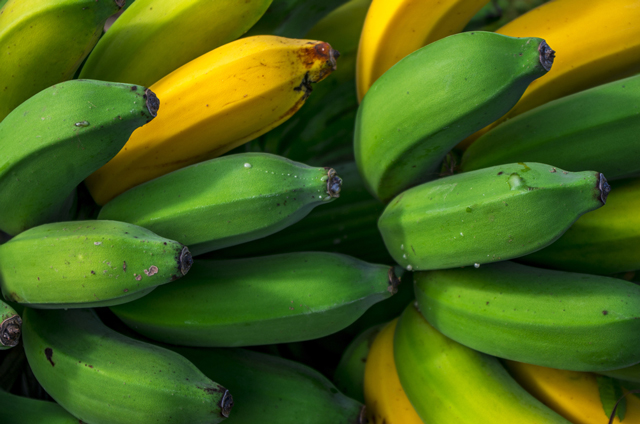
Bananas (Musa × paradisiaca L.) are some of the most common fruits in the world. Aside from its fruit, other parts of the banana plant, which are usually just thrown away or ignored, also have their own uses. In a study, published in Czech Journal of Food Sciences, they observed that juice extracted from banana stem contains antidiabetic compounds.
Diabetes is a metabolic condition wherein blood sugar levels are above what is considered normal. This is caused either by insufficient insulin production or reduced sensitivity to insulin. Insulin is the hormone responsible for keeping blood sugar levels in check and without its effects, blood sugar will build up.
In past studies, phytochemicals in bananas have been observed for their potential in treating diabetes. Some of the ways through which these phytochemicals work are by inhibiting carbohydrate-digesting enzymes and glucose adsorption, as well as promoting antioxidant activity. However, these phytochemicals have not been studied and developed into phytomedicines or products that possess antidiabetic activity. In addition to this, not all bananas are the same. This means that these phytochemicals and their corresponding bioactivities might not be present in all bananas. These variations can be attributed to factors, such as environmental conditions.
For this study, the researchers determined the effect of environmental conditions on antidiabetic compounds found in stem juice extracted from bananas planted either in Vietnam or a greenhouse in the Czech Republic. They performed metabolite profiling and discovered that there were variations in the compounds in the samples. It was observed that stem juice from bananas grown in the greenhouse only had nine out of the 17 compounds that were screened for, while stem juice from bananas grown in Vietnam had 12.
In addition to this, antidiabetic activity was also determined based on the inhibitory effect on alpha-amylase and alpha-glucosidase, which are carbohydrate-digesting enzymes, as well as their ability to inhibit cells from turning into adipocytes. Researchers observed that stem juice from both sources had the same level of inhibition for alpha-glucosidase. This inhibitory activity was also shown to follow a dose-dependent manner. Meanwhile, there was no significant inhibition of alpha-amylase for both samples, although stem juice from the bananas grown in Vietnam did have a slightly higher level of inhibition. Lastly, the researchers also saw that neither of the samples was able to prevent cells from turning into adipocytes.
The results of this study show that juice from the banana stem, which is typically considered waste, contains phytochemicals that exhibit antidiabetic potential. Although environmental conditions affect the phytochemicals that are present, the level of alpha-amylase inhibition remains constant regardless of where the banana was planted. These results show that bananas can also serve as a natural source for potential diabetes treatments, reducing the need for harmful antidiabetic drugs in the future. (Related: TOO TOXIC to swallow: Up to a third of diabetics don’t take their pills because of the debilitating side effects.)
Other health benefits of bananas
Aside from improving diabetes, bananas also have other health benefits, such as:
- Promoting good digestion – Bananas are a good source of fiber, which helps improve digestion. These fibers can be classified as either pectin, which our body digests, or resistant starches that serve as food for beneficial gut bacteria. In addition to this, studies have also shown that pectin can prevent colon cancer.
- Aiding in weight loss – Although bananas are packed with many nutrients, they still have low caloric content so there is a feeling a fullness without the calories.
- Improving heart health – Potassium, an element commonly found in bananas, helps maintain blood pressure. In addition to this, bananas are also rich in magnesium,which is also important for heart health.
- Reducing cramps and soreness – Cramps caused by dehydration and electrolyte imbalance can be relieved by eating bananas since they have high mineral and carbohydrate content.
Sources include:
Submit a correction >>
Tagged Under:
antidiabetes, bananas, bioactive compounds, bioactivity, diabetes, diabetes mellitus, food as medicine, food cures, fruits, phytochemicals, plantain
This article may contain statements that reflect the opinion of the author
RECENT NEWS & ARTICLES
COPYRIGHT © 2017 DIABETES SCIENCE NEWS

